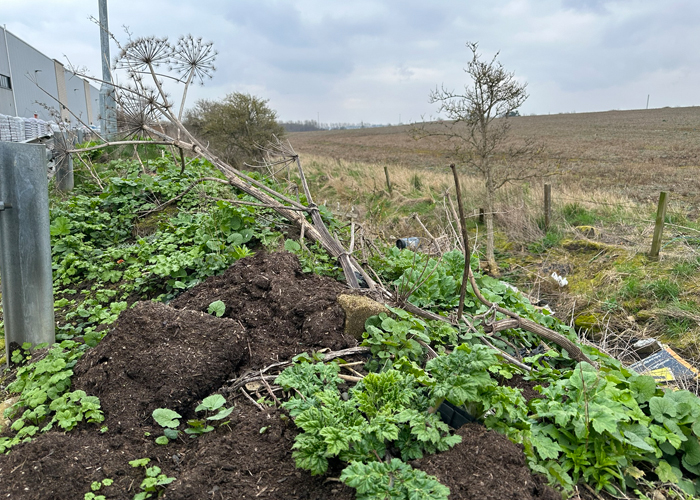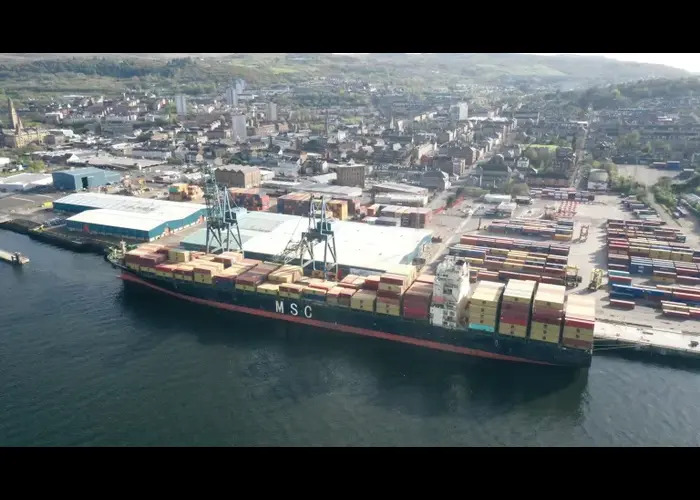AS MORE businesses look to bid for new contracts both in Scotland and further afield, bid experts Andrew Morrison and David Gray, directors at AM Bid, Scotland’s largest bid specialists, have compiled a list of bid trends for the new year:
- COVID-19 and business resilience: 2022 will be the third calendar year where Covid-19 loomed large. We are all learning to live with the constraints, but uncertainties remain around further strains, more lockdowns, etc. Covid vaccinations are assuming increasing importance with some countries making them mandatory. Bidders will need to have clear answers in their bid responses for how they will cope e.g. financially, with service delivery, with sickness absences, etc. There is increased scrutiny now of business resilience / business continuity plans.
- Sustainability / Net Zero: Following COP26 and the declared climate emergency, the UK Government now requires in-scope public sector organisations to require a carbon reduction plan for suppliers on all contracts for over £5m per annum. Procurement is being used to assist the drive to UK Net Zero (by 2050) and Scotland (by 2045) – bidders need to demonstrate how they will assist buying organisations to meet their strategic net zero objectives; how the bidder will achieve it themselves (not enough anymore to say you are ‘exploring the use of an electric vehicle’ – buyers can quickly see through greenwash); and how they will assure it via their own supply chains. Measuring, reporting and evidencing the delivery of sustainability outcomes will be at least as stringent as social value reporting.
- Supply Chains / Logistics: We’ve seen some very significant issues with supply chains and logistics this year, such as the fuel supply crisis, lorry driver shortages and supply chain delays due to the triple whammy impacts of Covid, Brexit and labour shortages. If supply chain (e.g. materials, etc) is important in your bids (and it is in many public sector bids) then make sure you can evidence how you will ensure security of supply, including what contingency plans you have in place.
- Costs: We are seeing cost increases virtually across the board but especially in fuel, energy, labour and materials costs. Very important that bidders make commercial assumptions, look carefully at the price increase/change control provisions in the contract and consider detailed (and in some cases tactical) clarification questions to ensure that all bidders are aware of the factors and constraints involved. Allow time within the bid window to stress test your commercial model ensuring you have a robust internal adjudication process. Enlisting the services of an external cost consultant can be hugely beneficial with their insights into market rates, current trends, etc. They may also have some good cost saving and value engineering suggestions.
- Procurement Changes: We’ve seen increased requirements being introduced through Public Procurement Notes (e.g. PPN 06/21 requiring carbon reduction plans to be evidenced for major government contracts, and PPN 07/20 relating to payment performance, which came in to force in April this year). In 2022, more changes are likely to come in following the UK Government’s Transforming Public Procurement White Paper (which was issued following the withdrawal from the EU). This envisages a move from MEAT (Most Economically Advantageous Tender) to MAT (Most Advantageous Tender). This will allow other elements to have increasing weight e.g. social value, environmental factor, prompt payment of supply chain. It will be interesting to see what effects the consultation responses will have had and whether primary legislation will be brought forward in 2022 to enact new legislation. Bidders really need to start preparing for this as hopefully it will see an end of any perceived ‘race to the bottom’ in public sector procurement.
- Dynamic Purchasing System (DPS): Expect to see greater use of DPS with the increased flexibility they offer. Many framework providers are also offering DPS options now alongside their frameworks to give their participating organisations more procurement options. They also allow a more responsive approach to new suppliers, market price changes and innovations, etc. DPS can be a great way for new entrants to public sector bidding to get a foothold.
- Public Spending Investment: There does seem to be a renewed emphasis on funding public sector projects, with significant funding promised via the National Infrastructure Strategy (£130 billion), Levelling Up Fund (£4.8 billion) and other funding that will come e.g. the green industrial revolution. There is also funding available via research, development and innovation grants including some funding that was previously allocated via EU bodies.
- Diversification: Given the attractiveness of the public sector as a client, especially in uncertain economic times, we are seeing more businesses pivoting to seek public sector contracts. They may already be in one part of the public sector and looking to widen their penetration of this market e.g. currently delivering services to universities and colleges, now widening to NHS or local authorities. Alternatively, they could be purely in the private sector e.g. delivering to tourism/retail, etc and now looking to diversify. Talking to experienced public sector bid consultants such as AM Bid can prove very beneficial in understanding how your chosen markets work.










